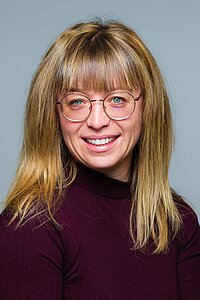24 - Maturity, characterisation and decision support system: a multidisciplinary approach to select WAAM-CMT process parameters
Abstract
The use of metal additive manufacturing (MAM) processes is still mainly confined to academic R&D platforms despite numerous proofs of manufacturability. Even today, too few manufacturers are taking the plunge and equipping themselves internally with these new technologies. The reasons could be economic, skills-related or simply a lack of knowledge about these technologies. In this work, a methodological framework in three steps is proposed to promote appropriation of MAM processes for and by industrials. This framework has been designed from the point of view of a manufacturer who needs to produce dedicated types of parts and who seeks to select (i) the relevant MAM process and (ii) the process parameters required to reach targeted mechanical and industrial performance. This study is limited to directed energy deposition (DED) processes. First, a model to assess the maturity of DED processes was developed, based on well-known existing models such as technology readiness levels and manufacturing readiness levels. Considering their limitations, a new and innovative model was proposed for DED processes, taking into account the technology-use case couple (TUCC). It has been applied to the maturity assessment of three DED technologies coupled with three use cases (new part manufacturing, part repair and added functions to parts) and three materials (stainless steel, titanium and aluminium). Once maturity has been assessed, this study focused on the manufacturing of new parts with wire arc additive manufacturing (WAAM). The geometry of the AM parts and the material used (316L) are based on an industrial case study. Nine parts were manufactured varying first-order process parameters (wire feed speed and torch speed). Energy consumption, manufacturing time and quantity of raw material used have been measured in-situ. Then, destructive tests were performed providing the mechanical behaviour of 316L WAAM parts. In-situ and post-process collected data enhanced the process knowledge. Based on that, a decision support system was finally developed (i) to find Pareto optimal solutions with a genetic algorithm and (ii) to choose between these alternatives using TAMARIN, a multi-criterion ranking algorithm linked to a dynamic user interface. The proposed methodological framework has been applied to one AM process, for one use case, within specific process parameter ranges. Further investigations to transfer it to other use cases, other AM processes and other parameters are therefore wide open.
Speaker

Julie Lartigau
Discover speaker profileUniv. Bordeaux, ESTIA-Institute of Technology, Bidart, France
Conference
24 - Maturity, characterisation and decision support system: a multidisciplinary approach to select WAAM-CMT process parameters
Date/Time
20/03/2024
5:20 pm -5:40 pm
Location
Room 6

